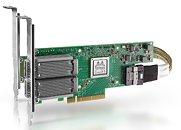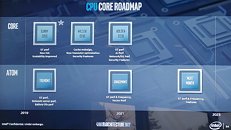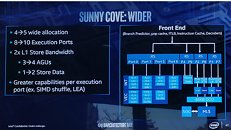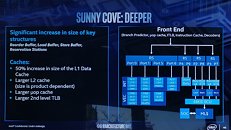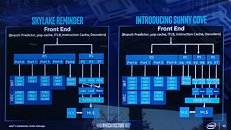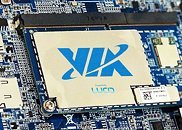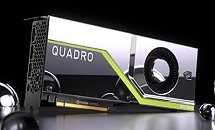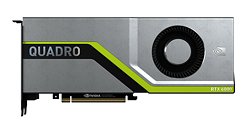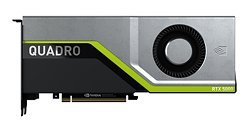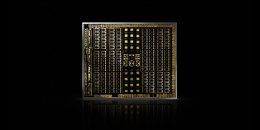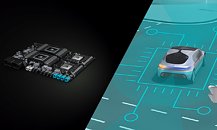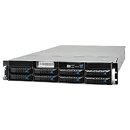
Intel Reports First-Quarter 2019 Financial Results
Intel Corporation today reported first-quarter 2019 financial results. "Results for the first quarter were slightly higher than our January expectations. We shipped a strong mix of high performance products and continued spending discipline while ramping 10nm and managing a challenging NAND pricing environment. Looking ahead, we're taking a more cautious view of the year, although we expect market conditions to improve in the second half," said Bob Swan, Intel CEO. "Our team is focused on expanding our market opportunity, accelerating our innovation and improving execution while evolving our culture. We aim to capitalize on key technology inflections that set us up to play a larger role in our customers' success, while improving returns for our owners."
In the first quarter, the company generated approximately $5.0 billion in cash from operations, paid dividends of $1.4 billion and used $2.5 billion to repurchase 49 million shares of stock. In the first quarter, Intel achieved 4 percent growth in the PC-centric business while data-centric revenue declined 5 percent.
In the first quarter, the company generated approximately $5.0 billion in cash from operations, paid dividends of $1.4 billion and used $2.5 billion to repurchase 49 million shares of stock. In the first quarter, Intel achieved 4 percent growth in the PC-centric business while data-centric revenue declined 5 percent.









